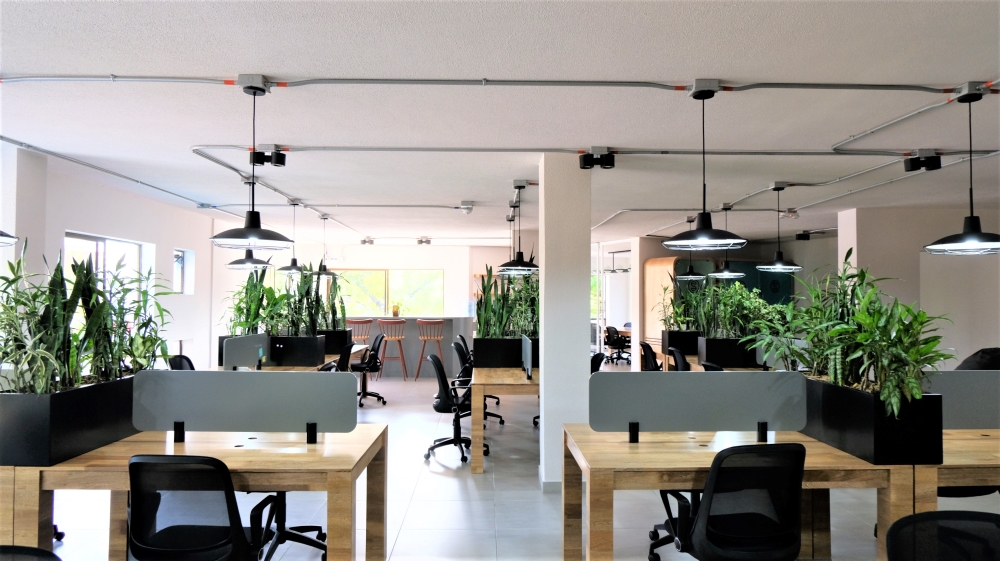How To Travel While Working Remotely

Whilst many might not have thought it possible to travel while working remotely, the COVID-19 pandemic has completely changed the work landscape. Have you moved to remote working permanently and are now wondering how to travel while working? Or are you thinking about taking the leap to become a digital nomad?
Luke and I have been travelling while working remotely for over seven years (since before it was fashionable!) Want to know how we did it? You can read our story here and find out how we make money here.
How To Travel and Work Remotely
1. Talk to your employer. First thing’s first – you’ll need permission from your employer to do this. If you’re working on an employment contract, some employers require you to work from a set location. However, some employers may allow you to work from any location!
If you’re working as a freelancer, you have the right to work from any location. Luke and I started out working as freelancers, and this is quite common for those who are new to travelling while working remotely.
2. Decide on a location. You’ll need to check the specifications and rules for VISAs. In some cases, VISAs may specifically state that you cannot work abroad. In other cases, this can be a grey area where it’s unclear whether you can legally work from abroad.
Are there digital nomad VISAs? Digital nomad VISAs are increasingly popping up, but these are still relatively new and are only currently available in specific countries. These VISAs legally state that you are allowed to work remotely while staying abroad. You can read about digital nomad VISAs currently available here.
3. Work out your invoicing
If you’re working remotely as a freelancer or contract worker, you may need a tool that lets you manage invoices so you can make sure you get paid. This is especially important if you’re a freelancer working on multiple projects.
Coming up with a payment process and communicating these requirements to your clients can be difficult, but fortunately there are templates that make this easy. By using a template like the ones here, you can quickly create professional invoices to send out to your clients.
4. Find a place to stay with a good work set up
Working remotely shouldn’t mean that you do your back in whilst trying to work from a kitchen stool or, worse, a sofa. RSIs and back problems are a real risk with home working, so we’d recommend booking accommodation with a decent work set up for the days when you need to work. An apartment with a desk and office chair is usually enough to ensure you have a good work set up. If your accommodation isn’t suitable, looking for a local co-working space.

Quite often, we house sit abroad which means we have a home base and usually an office space. House sitting is ideal for travelling and working, as it minimises the amount of time spent hopping between accommodation, saves you money and provides a good office set up and reliable wifi. We’d really recommend embracing slow travel to make working while travelling easier.




